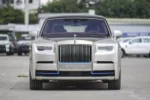President Trump’s recent post regarding a bilateral trade agreement with Vietnam has sparked significant public interest.
Especially, the information that American goods are tax-exempt when entering Vietnam has led many to hope for a significant reduction in import car prices from the US in the coming time.
According to Trump, under the agreement, goods from Vietnam to the US will be subject to a tax rate of up to 20%, or even 40% if transshipped through a third country before reaching the US. Conversely, American goods, including cars, will enjoy a 0% tax rate when entering the Vietnamese market. Despite the lack of official confirmation from both governments, this statement has sparked intense discussion among consumers and car dealers.
Currently, completely built-up cars imported from the US to Vietnam are subject to an import tax rate of 32-50%, according to Decree 73 of the Vietnamese government, down from 45-64% previously. In addition to import taxes, imported cars also have to pay special consumption tax (SCT) and value-added tax (VAT), according to the “tax-on-tax” mechanism.
For example, a Ford Explorer Limited edition with a declared value of $50,000 (VND 1.31 billion) currently incurs a total tax amount of approximately $107,300 (VND 2.81 billion) to be imported into Vietnam, including an import tax of $16,000 (VND 419.59 million). If the import tax is reduced to 0%, the total cost would only be $82,500 (VND 2.16 billion), a difference of about $24,800 (VND 650.38 million), equivalent to a 23% discount.
However, according to some experts, this reduction is unlikely to be fully reflected in the retail price, as there are other factors affecting car prices in Vietnam besides taxes, such as transportation, storage, distribution, marketing costs, and business profits. Especially, logistics costs from the US to Vietnam are not negligible, which can amount to tens of thousands of dollars per car if imported through transshipment ports like Hong Kong or Singapore. In reality, the 0% import tax will have an impact, but not as much as many people expect. It may only reduce prices by about 10% compared to current levels.
Besides cost factors, another barrier that makes it difficult to significantly reduce the price of American cars is the product positioning strategy. For example, the Ford Explorer and Ford Everest are two models of the same brand but are imported from the US and Thailand, respectively. Although they belong to different segments, the price difference between them needs to be maintained at a reasonable level to avoid overlapping in the marketing and product segmentation strategy. Deep discounts for the Explorer could narrow this gap, making it challenging for marketing and product segmentation.
For luxury cars such as the BMW X7 or Mercedes-Benz GLE, GLS, the reduction may be more apparent due to the high tax rate and vehicle value. However, some experts believe that this group of ultra-luxury cars has a tiny market share in Vietnam, serving less than 1% of the population. Therefore, their impact on the overall market is negligible.
Many people hope that the 0% tax rate will open up opportunities to introduce more new car models from the US to Vietnam. However, in reality, to bring a purely American car model to the Vietnamese market, manufacturers must carefully consider technical standards, consumer habits, and after-sales service. Best-selling models in the Asia-Pacific region, such as the Toyota Fortuner or Ford Everest, are not available in the US market. Conversely, “American-standard” vehicles are not designed for Southeast Asian conditions, from air conditioning systems to chassis, ground clearance, or emission standards. Therefore, if manufacturers want to expand their product portfolio, they must establish separate production lines or suitable versions, which are costly and challenging to implement.
In conclusion, the waiver of import tax on cars from the US, if officially effective, will bring certain benefits but is not the decisive factor in significantly reducing the price of imported American cars in Vietnam.
With these practical analyses, consumers can expect more reasonable prices but should be cautious and not expect a drastic reduction in car prices based solely on a single tax policy.
“The Rolls-Royce Phantom VIII With a Partition Finds a Home, Priced at a Modest 39 Billion VND”
The eighth-generation Rolls-Royce Phantom has graced the roads, and this particular model stands out from the rest. With a striking exterior color and a bold red interior, this Phantom makes a statement. But it’s not just about aesthetics; this car also features a unique partition between the passenger and driver compartments, adding an extra layer of privacy and elegance to the already luxurious ride.


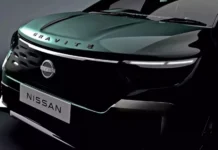




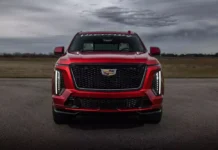

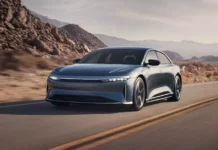
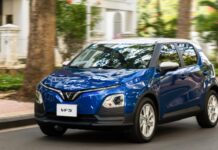
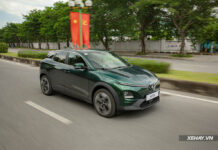
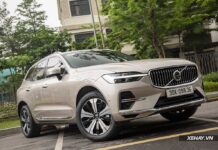













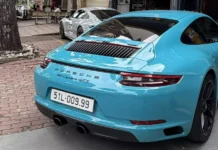



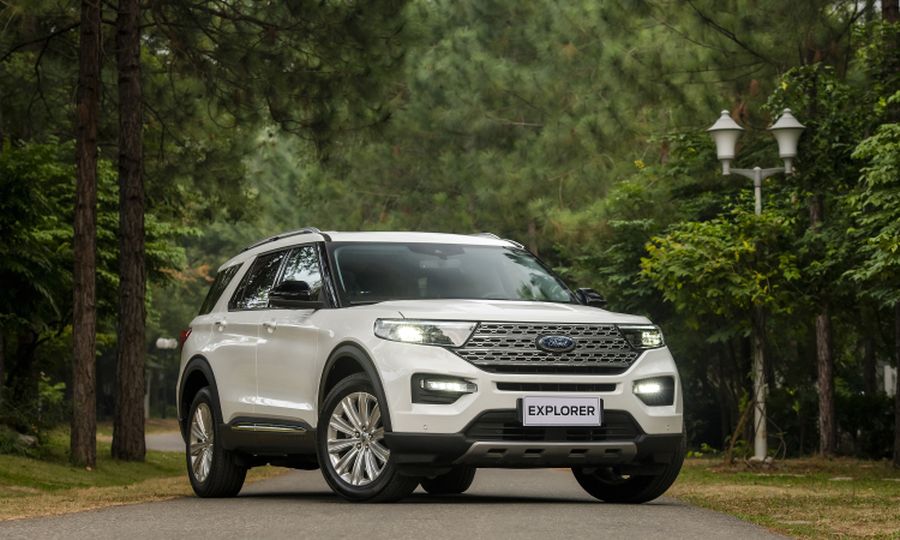
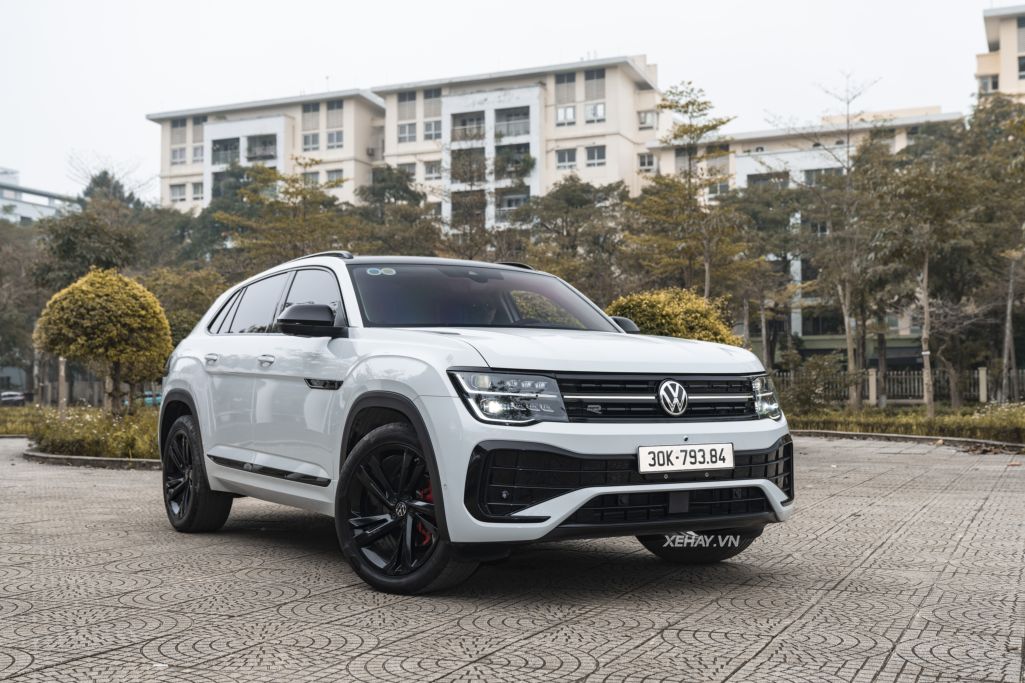
.jpg)


